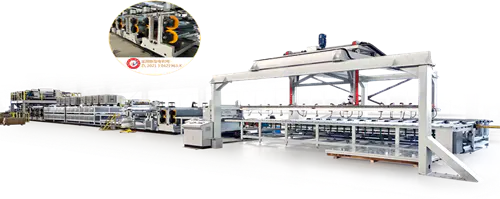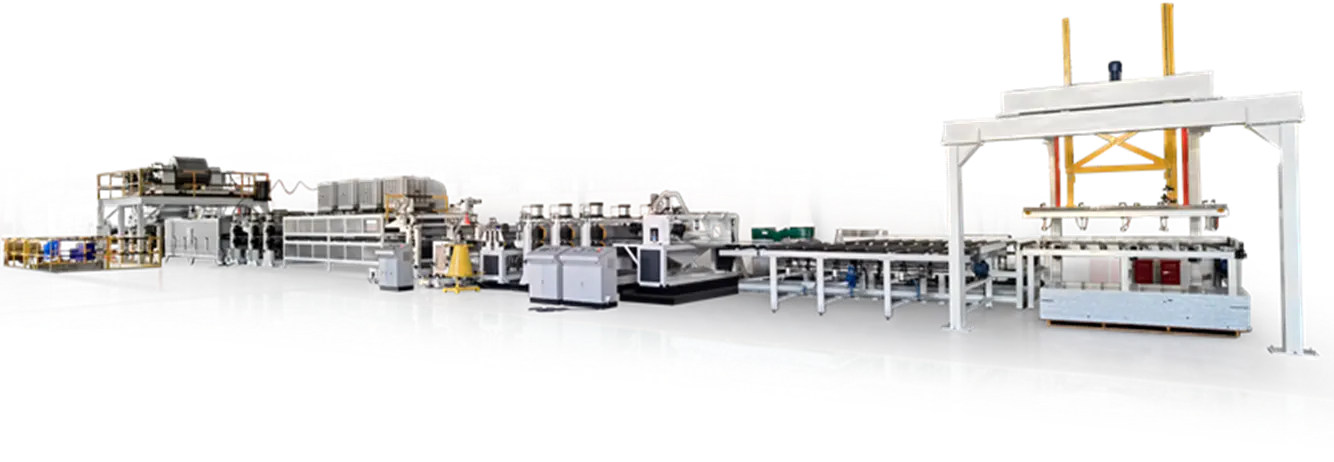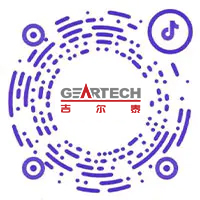In the realm of modern engineering and material sciences, the utilization of coil coating lines in the production of aluminum composite materials (ACMs) has revolutionized the industry. This article delves into the multifaceted advantages that coil coating lines bring to ACM engineering, exploring their impact on efficiency, quality, and sustainability.
Efficiency Advancements:
Coil coating lines have emerged as an indispensable tool in ACM engineering, streamlining the production process and significantly enhancing efficiency. Traditionally, coating aluminum sheets was a labor-intensive and time-consuming process. The introduction of coil coating lines automates and integrates critical stages such as cleaning, priming, coating, and curing. This automation not only reduces the dependency on manual labor but also ensures consistent and uniform coating thickness, leading to reduced material wastage and faster production cycles. The result is an exponential increase in throughput and a considerable reduction in production costs.
Quality Enhancement:
The amalgamation of coil coating lines and ACM engineering has elevated the overall quality of the final product. The precise control over coating application offered by coil coating lines results in a homogeneous and flawless surface finish. This consistent finish not only enhances the aesthetic appeal of ACMs but also bolsters their durability and resistance to environmental factors such as corrosion, UV radiation, and abrasion. Moreover, coil coating lines facilitate the utilization of advanced coatings and technologies, further expanding the range of properties that can be imbued into ACMs, such as fire resistance and self-cleaning capabilities.
Sustainability Considerations:
The integration of coil coating lines in ACM engineering also aligns with the growing emphasis on sustainability within the industry. These lines minimize the consumption of resources, such as coatings and energy, by precisely controlling the application process. The reduction in material wastage translates to less environmental impact and more efficient resource utilization. Additionally, the use of advanced coating technologies enables the production of ACMs with extended lifecycles, thereby contributing to a reduction in the need for frequent replacements and conserving natural resources.
Operational Flexibility:
One of the noteworthy advantages of coil coating lines in ACM engineering is the enhanced operational flexibility they provide. These lines can accommodate a wide range of coating materials, allowing manufacturers to experiment with various formulations and tailor ACM properties to meet specific requirements. This flexibility extends to the design and aesthetics of ACMs, as coil coating lines facilitate the application of intricate patterns, textures, and colors. As a result, architects, designers, and engineers have a versatile palette at their disposal to unleash their creative visions.
In the dynamic landscape of aluminum composite material engineering, the integration of coil coating lines has emerged as a pivotal advancement, driving efficiency, quality, sustainability, and operational flexibility. The transformative impact of these lines is evident in streamlined processes, enhanced product attributes, reduced environmental footprint, and expanded design possibilities. As the industry continues to evolve, the synergy between coil coating lines and ACM engineering will undoubtedly remain a cornerstone, propelling innovation and shaping the future of materials and construction.
The fusion of coil coating lines and aluminum composite material engineering exemplifies the symbiotic relationship between technology and industry. This partnership has ushered in a new era of efficiency, quality, sustainability, and design flexibility. With a steadfast commitment to innovation and an eye towards a more sustainable future, the collaboration between these two fields will undoubtedly continue to shape the evolution of materials and redefine the possibilities of modern engineering.

 中文简体
中文简体 English
English Português
Português русский
русский Español
Español عربى
عربى








